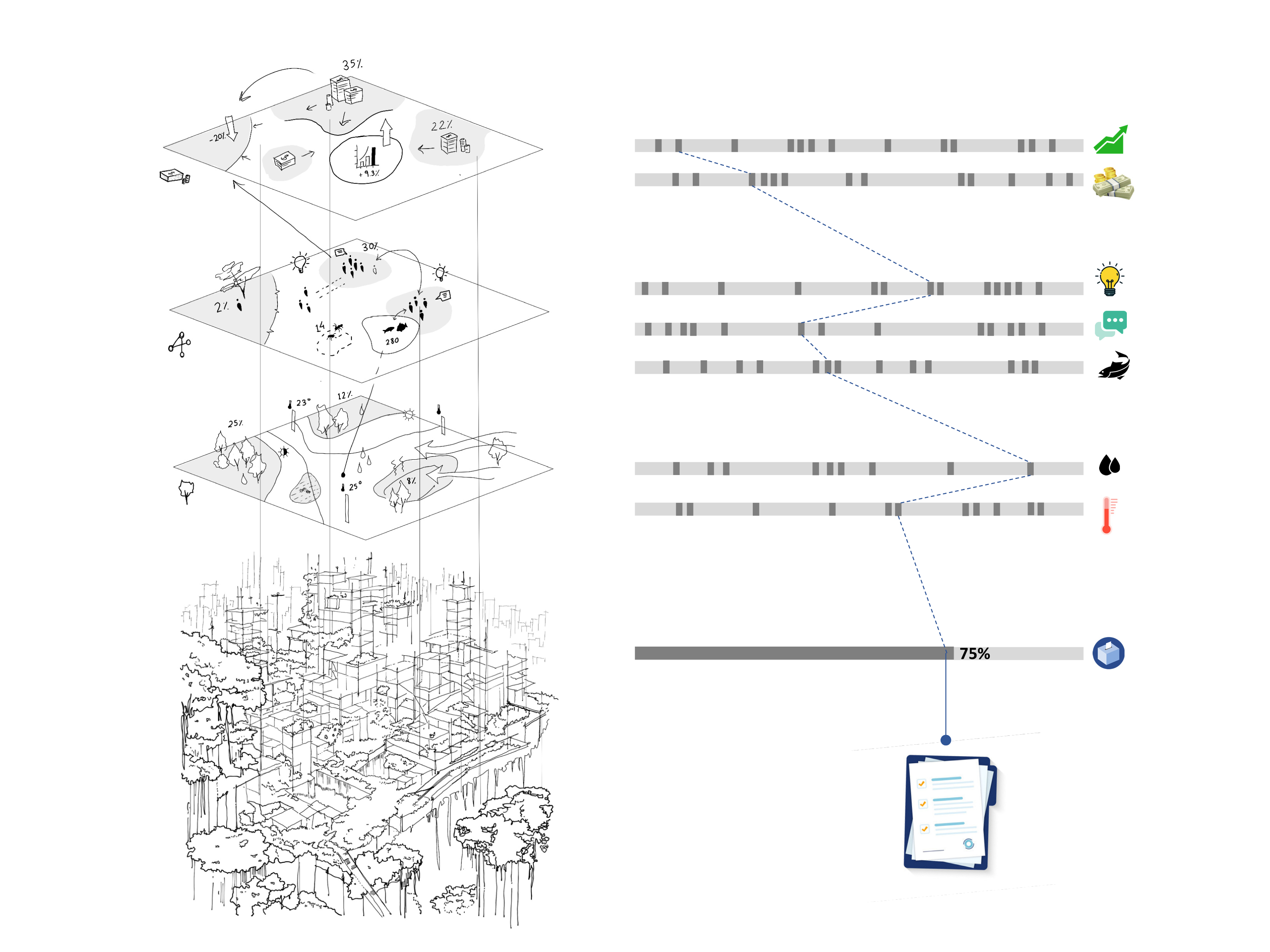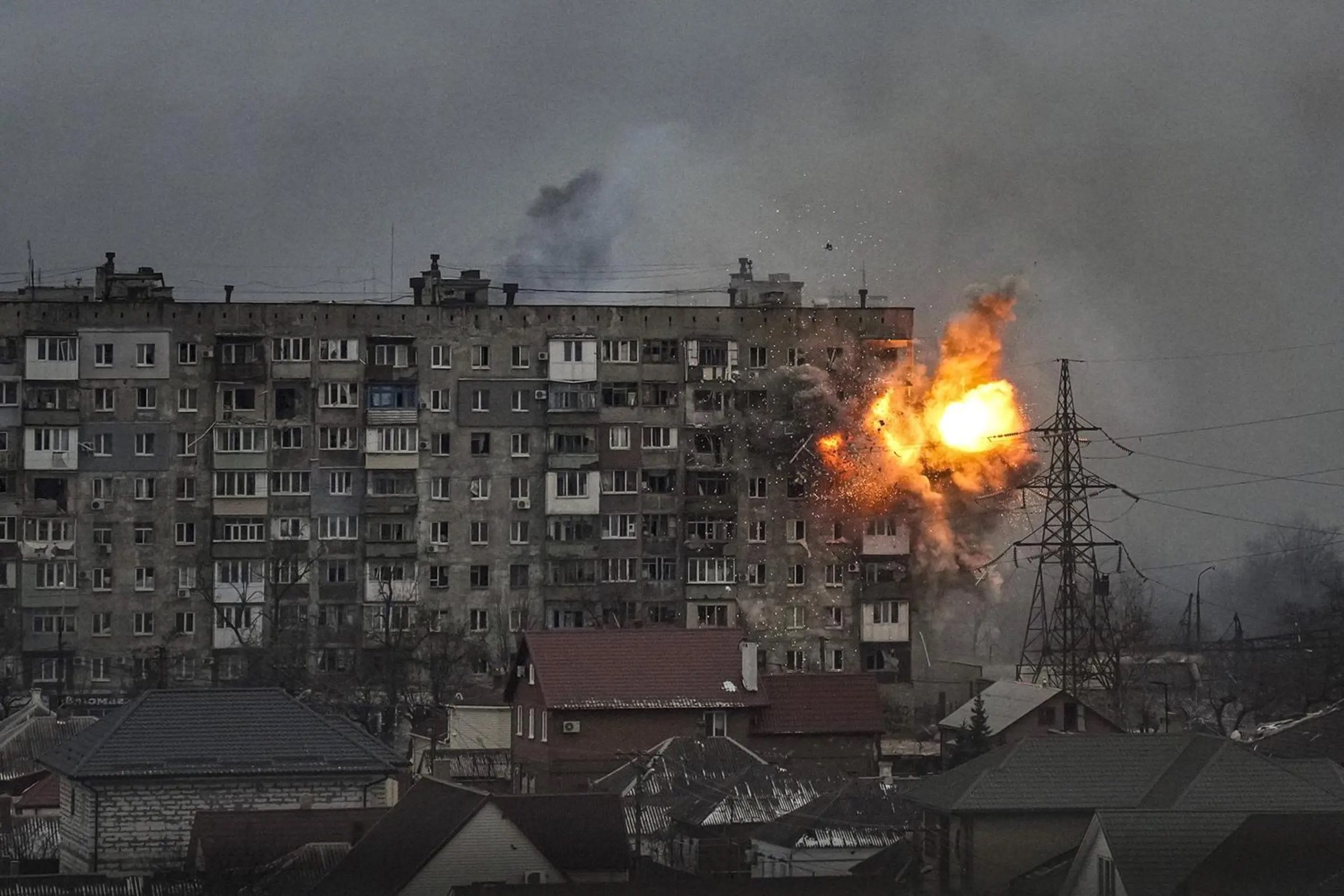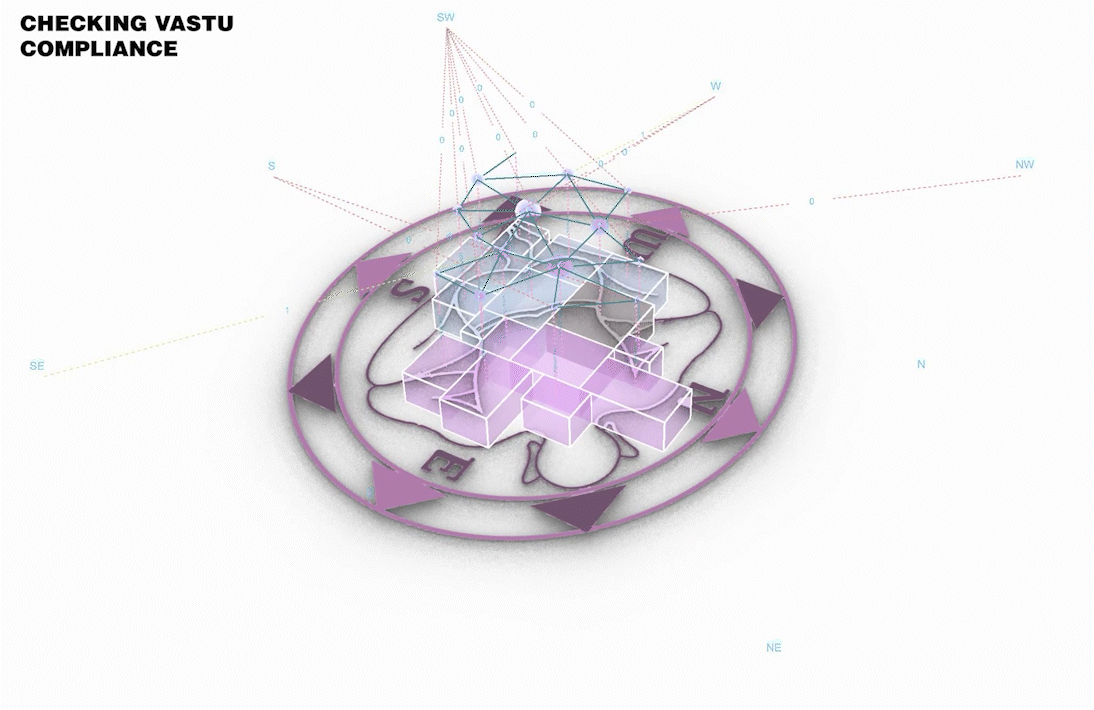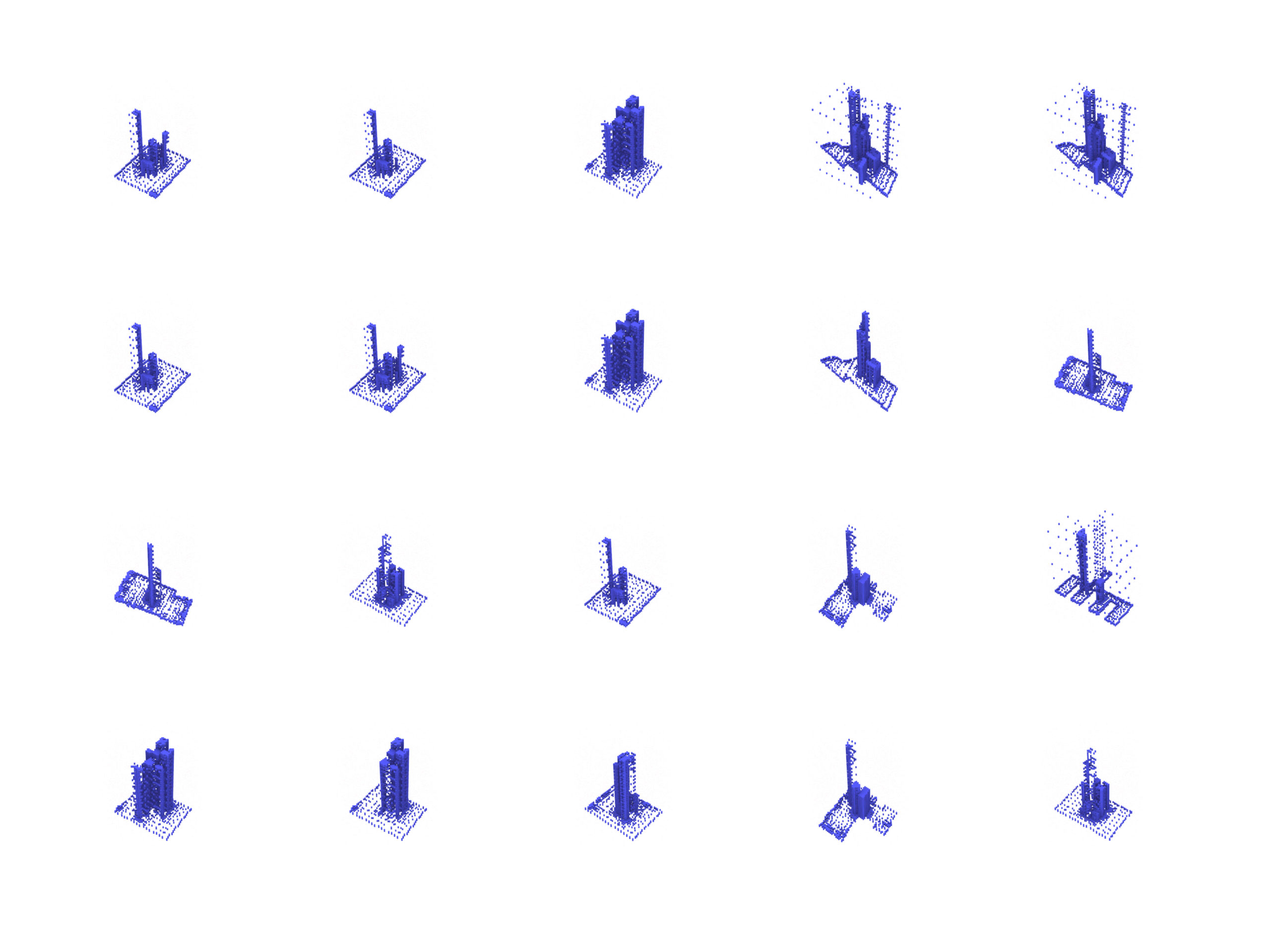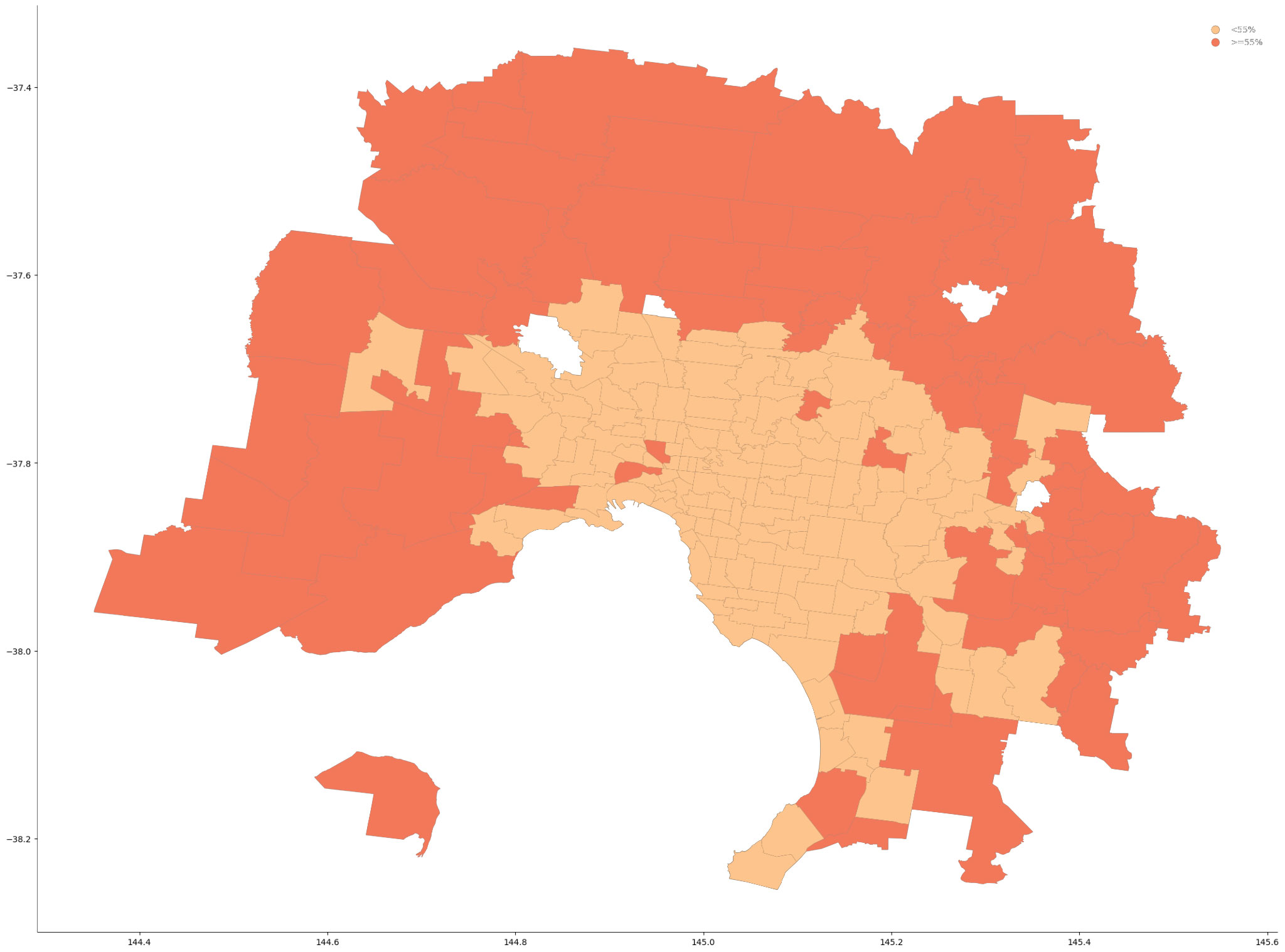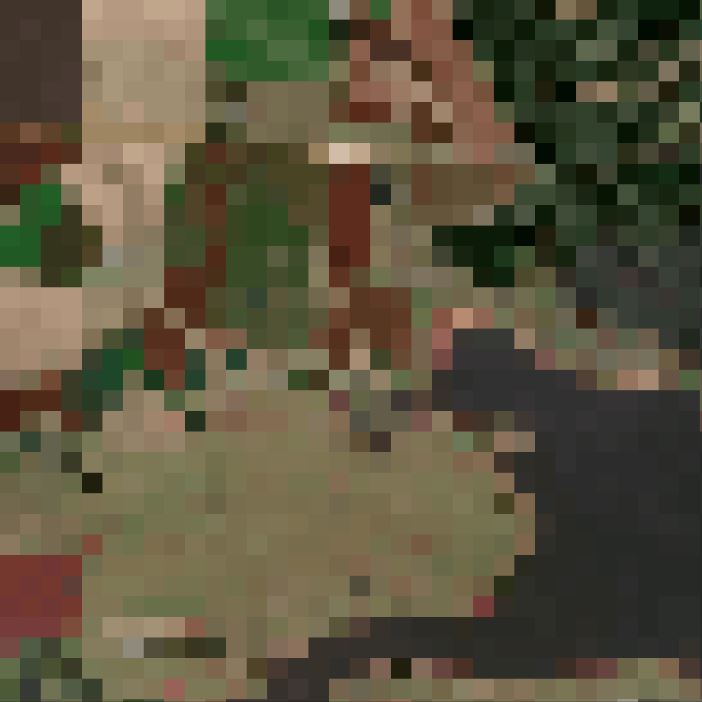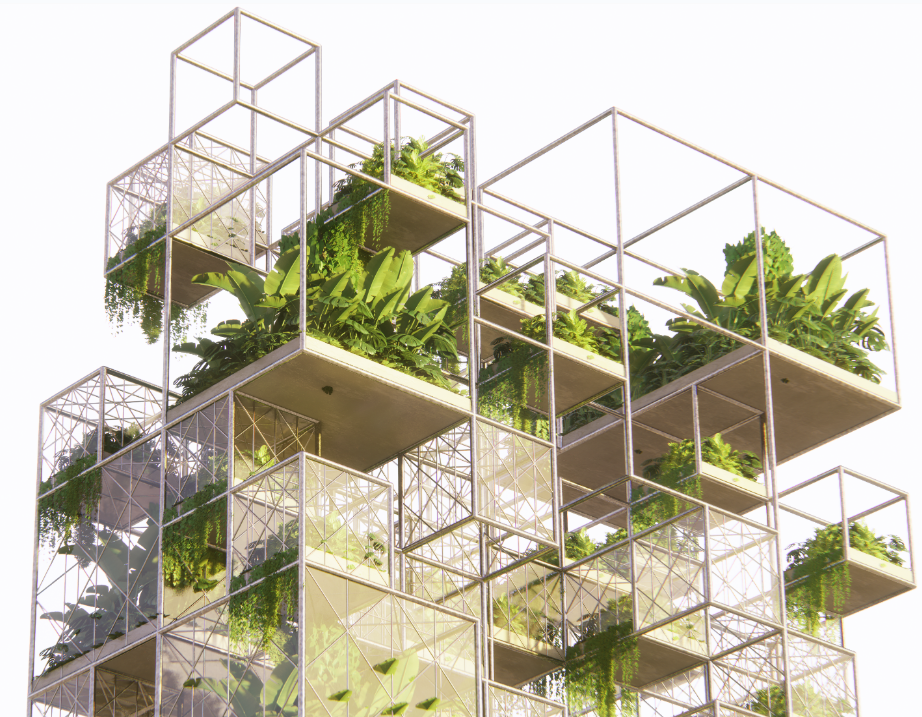From Data to the Physical: Prototyping Architecture in the Digital Age
PROBLEM STATEMENT The predominant usage of digital processes in the current practice of architecture. However, with the many positives there are known inherent and latent constraints (e.g., data encryption, cloud breaches, and copyright issues) and other possible complexities and challenges. THESIS STATEMENT To inquire the understanding of the adoption of digital processes in the practice … Read more





